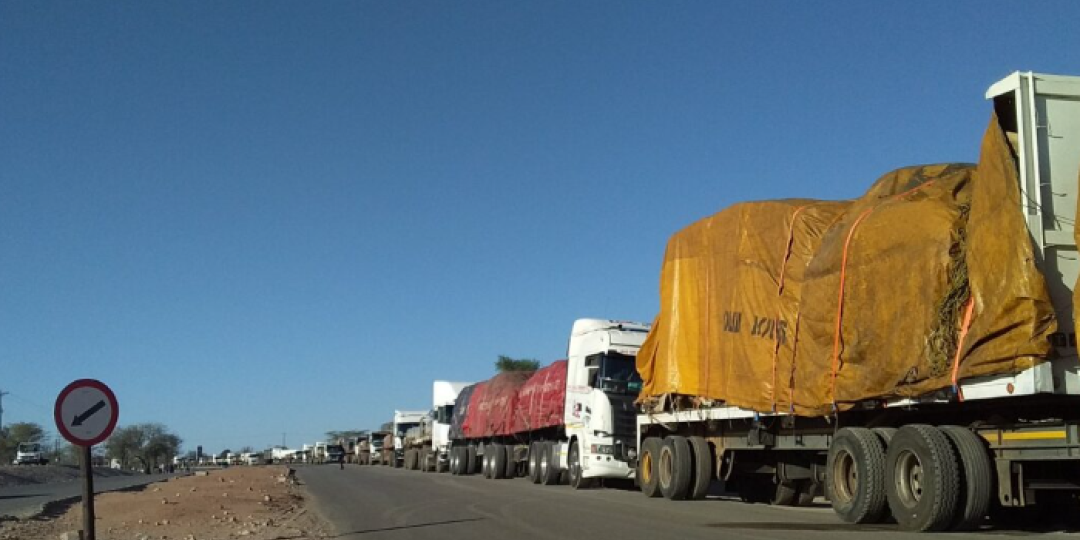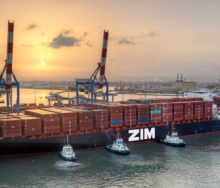Tightened cargo control measures to curb northbound contraband at South Africa’s Beitbridge border are straining the movement of supply chain into Zimbabwe, resulting in transporters waiting up to 80 hours to clear the crossing.
According to the Transit Assistance Bureau (Transist), current movement delays predominantly stem from the March 1 implementation of the new SI 35 import regime instituted by the government of Zimbabwe.
Although intended to tighten the flow of smuggled goods across the Limpopo River, excessive scanning and screening measures of cargo, including transporters not at fault, have slowed the once-steady flow of cross-border cargo to a trickle.
Prior to the implementation of SI 35, goods going into Zimbabwe were subjected to an Open General Import Licence (OGIL), which, according to Transist executive director Mike Fitzmaurice, was more lenient and practical.
He said although he understood that Zimbabwe was trying to step up the fight against smuggling because of socio-economic pressures, intensified cargo scanning at the border was hampering trade.
Moreover, for a transit that had been modernized thanks to the privatization interventions of concessionaire, Zimborders, current cargo scanning at Beitbridge was done back to front, Fitzmaurice argued.
He said since the changeover to SI 35, “importers need to now apply for permits to bring in goods previously under the OGIL”.
“This has resulted in the Zimbabwe Revenue Authority (Zimra) introducing 90% scanning for northbound commercial traffic to curb smuggling of goods previously under the OGIL.
“As a result of this decision, we are seeing increased border crossing times that are unacceptable for a supposedly state-of-the-art border post. Transporters were promised an efficient border post with reduced border crossing times that would offset the $200 border access fee.
“This decision by Zimra has effectively negated this promise of an efficient border post with reduced border crossing times.”
Fitzmaurice told Transist members complaining about current waiting times at Beitbridge, that investigations had revealed that “the current location of the scanner, even though the scanner has recently been upgraded to a drive-thru scanner, is not conducive to efficiency as it is located at the end of border processing”.
He said, ideally, cargo should be scanned and screened (inspected) when trucks drove through the entry gate. That’s where transporters complying with cargo regulations can be separated from those suspected of potentially carrying smuggled goods.
“This will allow trucks to be screened before parking and be cleared for green lane transiting, fast-tracking or flagged for further investigation such physical inspection.”
Fitzmaurice explained that the current position of the scanner at the exit gate was done for risk-based or random scanning of cargo, and not for scanning almost every truck entering Zimbabwe.
He said apart from the current-back-to-front situation causing trucks to backlog in the parking area as they wait to complete the scanning and screening of cargo, southbound truck traffic was slowed by the snarl-up.
“Empties and trucks with visible cargo are all caught up in the build-up of traffic at the moment.
“I have addressed these issues with Zimborders for consideration and dialogue with Zimra and the Zimbabwe government for a lasting solution, but I can not promise that it will produce the desired results we are looking for.”













